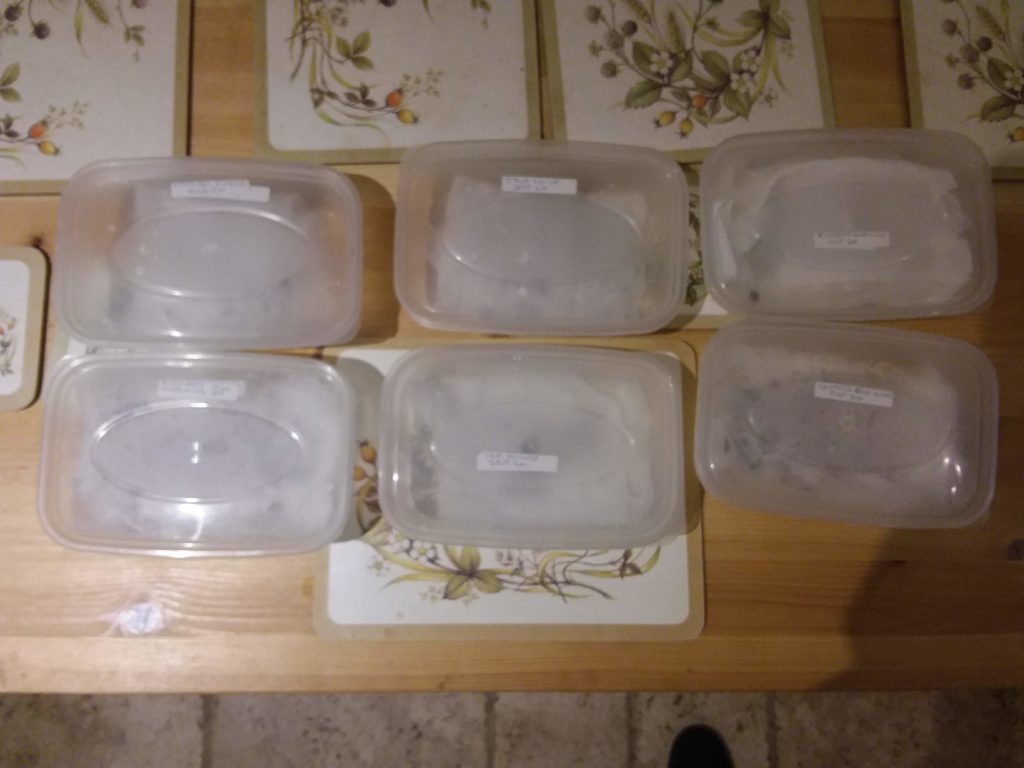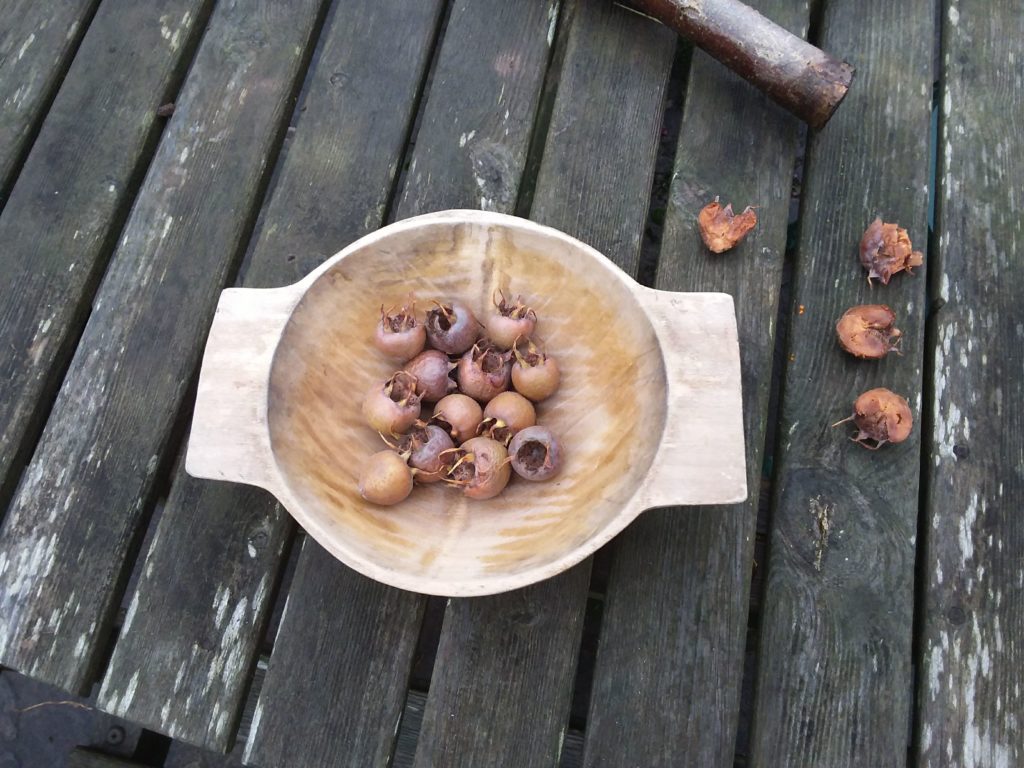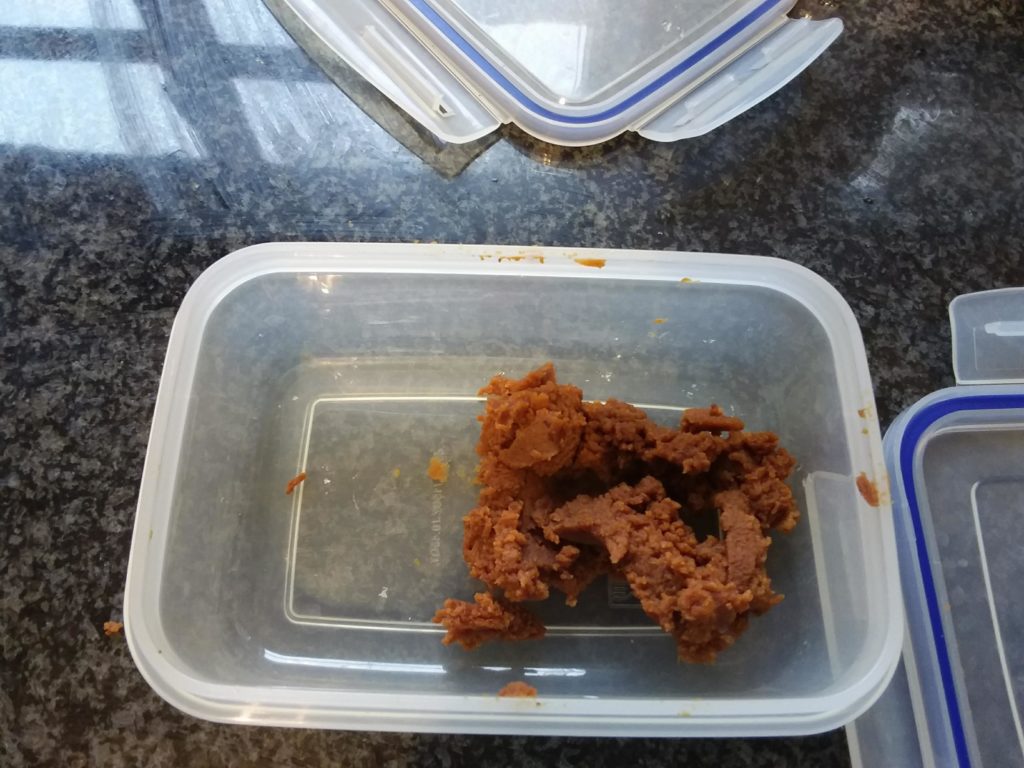During the summer, I planted three braeburn seeds that had germinated in the apples (perhaps because they’d been shipped over from New Zealand in cold storage). And thus I embarked on the Quest for the Pippin of St Rumwold – to grow a variety of apple unique to Rumwoldstow. As apples don’t breed true, this will be a numbers game and will take probably five years to show results.
I wanted to try some British apples as being more likely to tolerate the climate and perhaps closer to traditional varieties, so collected seeds from various apples over the late summer and autumn. After October, British apples pretty much vanished from the shops, and I felt I had a pretty good number to be working with – if even one in ten germinates, I’ll have a lot of trees! I learned from t’internet that apple seeds need a period of cold to break their dormancy, and that 30 – 60 days in the fridge should do the trick.
I kept the seeds in plastic boxes, meaning they dried out which may not have been a good thing. On the 3rd December 2020, I gave them all about two hours soak in cold water, then drained them and laid them on moist kitchen towel in plastic boxes which I put in the back of the fridge. The plan is to leave them there until perhaps February 2021, checking them every week or so to make sure they aren’t dried out and in case any are germinating already, then take them out and see how many germinate.

August 2020
Apples from behind the forge at Hauksby. The forge burnt down a month or two after I collected the apples, and I don’t know if the tree was damaged. The apples are an early variety, green and red, and good to eat.
August 2020
Discovery apples from Morrisons. I didn’t note whether these were British, but it seems likely.
September 2020
Gala apples from the Coop. Similarly, I didn’t note if these were British but that’s my guess as to why I chose them.
September 2020
Apples I took from a box outside somebody’s garden in Aynho. They looked like Coxes.
October 2020
Egremont Russets from Morrisons; British.
October 2020
Apples brought by my friend Emma from Scotland. She describe them as Cox-like.

